Search
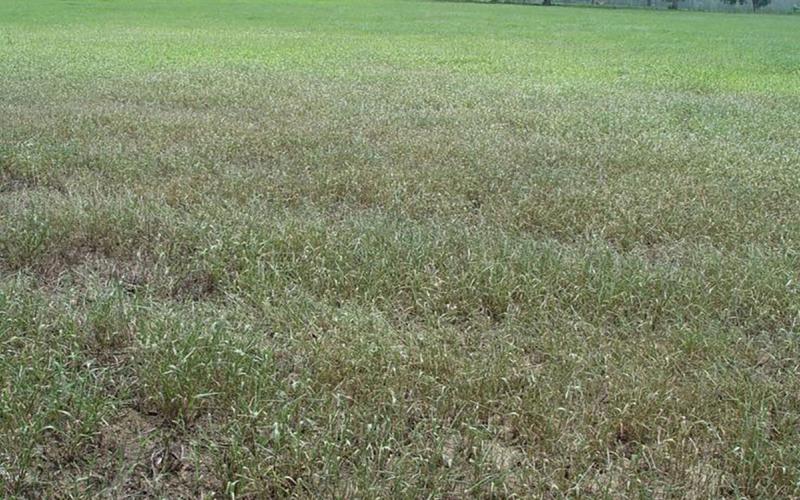
Fall Armyworm Caterpillars Causing Issues in South Dakota
This week we started to receive reports of pastures and alfalfa stands that have been heavily fed on by fall armyworm caterpillars. Typically, these pests are not an issue in South Dakota. However, populations have been very large in many states during 2021, and they have now moved into South Dakota.
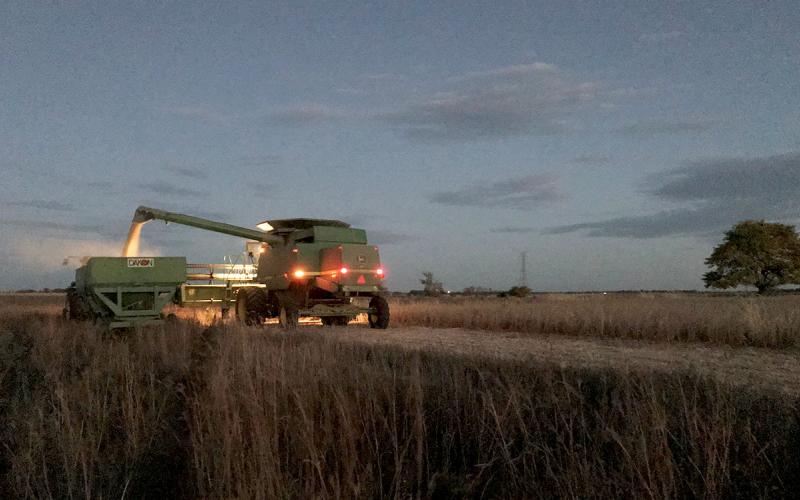
A Safe Harvest
Personal safety can be easier said than done when running on little sleep and working through the thick of harvest. Learn some important safety tips to keep you and your operation safe during this busy time of the year.
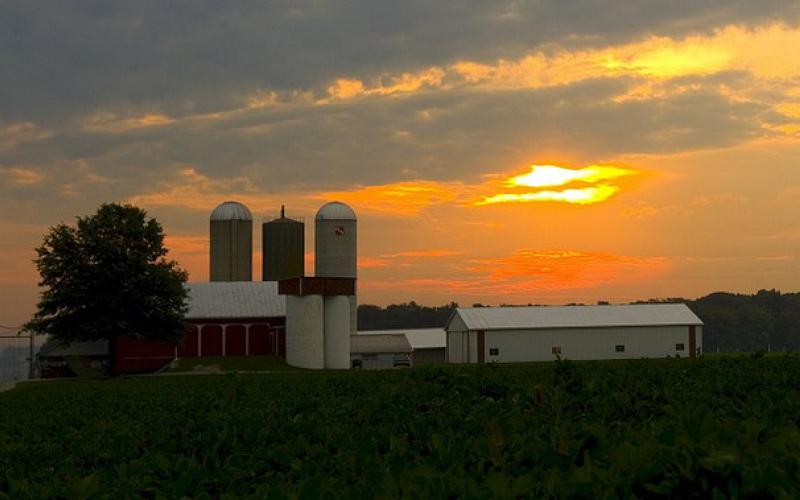
Farm Size and Efficiency
Growth is a common denominator of various business objectives. A business may want to grow profits, sales, market share, etc. The growth of a business itself usually refers to growth in equity, or growth in assets after debts have been paid. Farms, from a business perspective, are no exception. Farmers seeking to grow equity need to be willing and able to retain earnings and cannot be overleveraged.
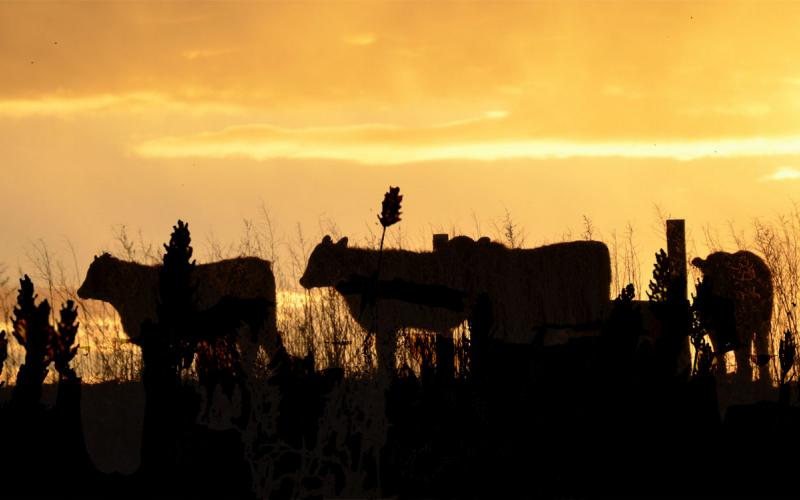
Prussic Acid Precautions
During periods of drought, it is important to aware of the factors that can be a concern during these conditions, specifically nitrates and prussic acid. It is important to take precautions when using feeds that could contain one or both compounds.
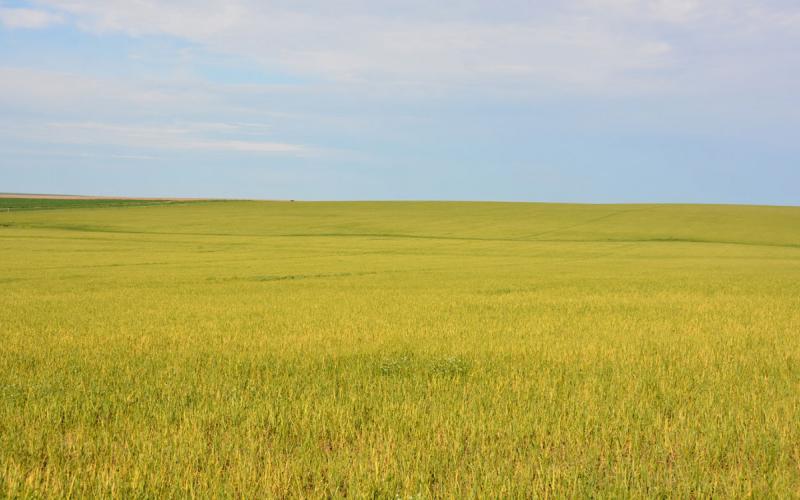
Wheat Streak Mosaic of Wheat
Fact sheet about symptoms, disease cycle, risk factors and management of Wheat streak mosaic disease
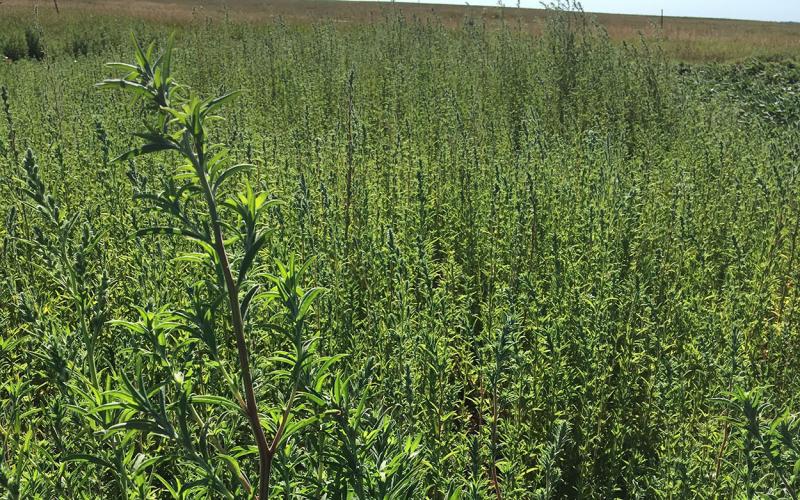
The Fall Advantage of Kochia Control
Kochia is a problem in north central South Dakota row crops. New post-emergent options in corn and soybean have helped alleviate kochia competition from many fields, but these herbicide options shouldn’t be completely relied upon for a long-term control plan.
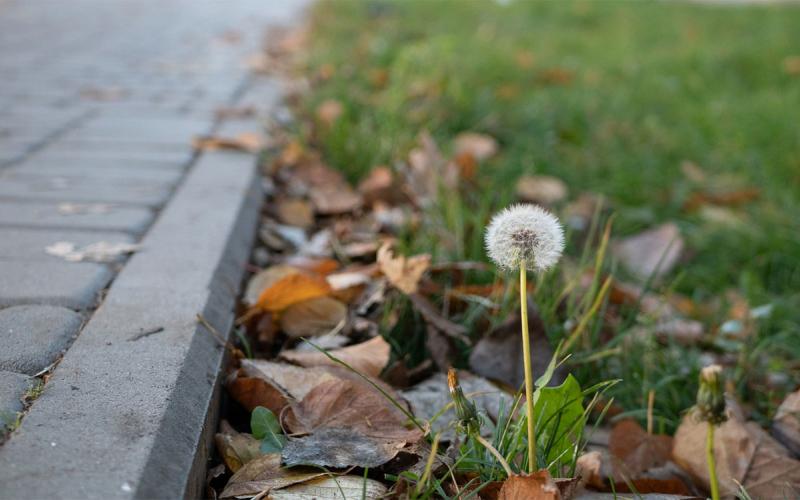
Fall Weed Control in Lawns
In lawns, fall is the best time to chemically control broadleaf perennial weeds. Examples of these weeds could include dandelions, Canada thistle, creeping bellflower, field bindweed and ground ivy.
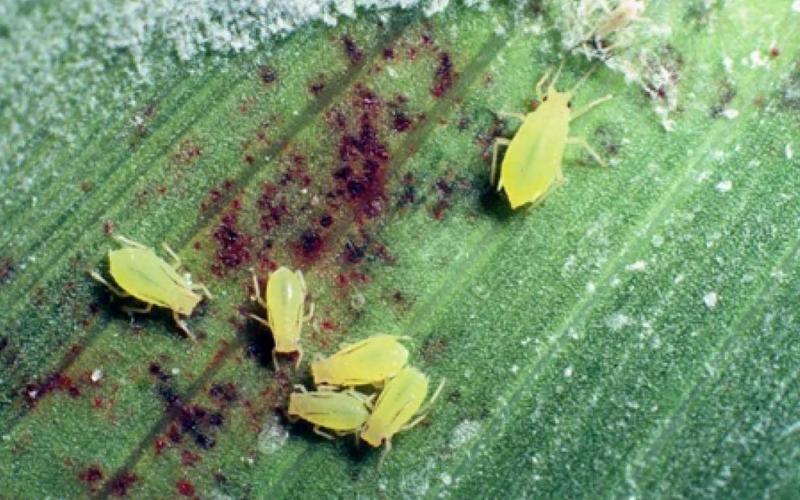
Low-Level Aphid Populations Present in Wheat
Reports of aphid populations in wheat fields have been slowly increasing in the past week. Most of these populations are well below the economic threshold, but there is a potential for them to increase.
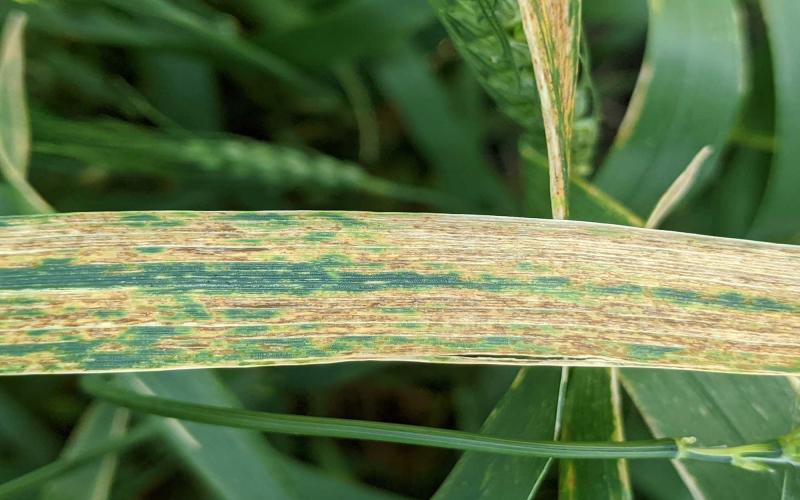
Bacterial Leaf Streak Developing at Low Level in Winter Wheat
A few winter wheat fields were found with bacterial leaf streak starting to develop at low levels. Bacterial leaf streak is usually observed starting from flag leaf growth stage. It can be severe on the upper leaves when there is prolonged leaf wetness resulting from frequent rains.
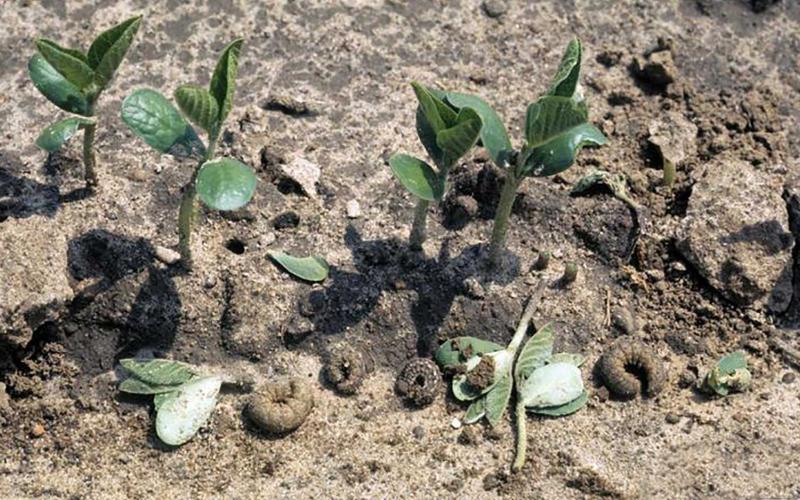
Scout Soybean for Black Cutworm Activity
Typically, we are concerned with black cutworm activity in corn fields. However, 2020 has been anything but a typical year and we are instead concerned with black cutworm activity in soybean fields.